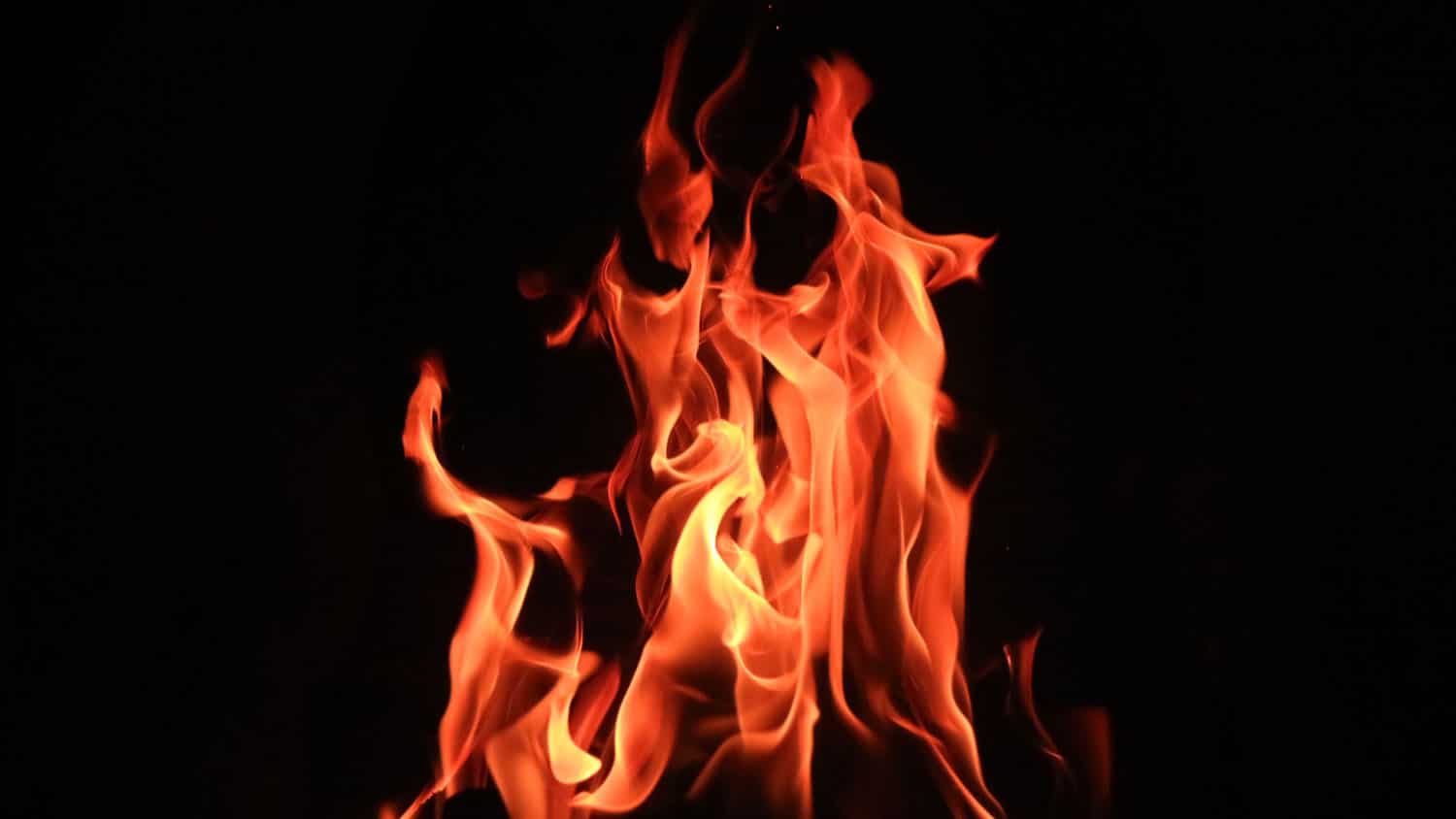For Immediate Release
High-temperature flames are used to create a wide variety of materials – but once you start a fire, it can be difficult to control how the flame interacts with the material you are trying to process. Researchers have now developed a technique that utilizes a molecule-thin protective layer to control how the flame’s heat interacts with the material – taming the fire and allowing users to finely tune the characteristics of the processed material.
“Fire is a valuable engineering tool – after all, a blast furnace is only an intense fire,” says Martin Thuo, corresponding author of a paper on the work and a professor of materials science and engineering at North Carolina State University. “However, once you start a fire, you often have little control over how it behaves.
“Our technique, which we call inverse thermal degradation (ITD), employs a nanoscale thin film over a targeted material. The thin film changes in response to the heat of the fire, and regulates the amount of oxygen that can access the material. That means we can control the rate at which the material heats up – which, in turn, influences the chemical reactions taking place within the material. Basically, we can fine-tune how and where the fire changes the material.”
Here’s how ITD works. You start out with your target material, such as a cellulose fiber. That fiber is then coated with a nanometer thick layer of molecules. The coated fibers are then exposed to an intense flame. The outer surface of the molecules combusts easily, raising the temperature in the immediate vicinity. But the inner surface of the molecular coating chemically changes, creating an even thinner layer of glass around the cellulose fibers. This glass limits the amount of oxygen that can access the fibers, preventing the cellulose from bursting into flames. Instead, the fibers smolder – burning slowly, from the inside out.
“Without the ITD’s protective layer, applying flame to cellulose fibers would just result in ash,” Thuo says. “With the ITD’s protective layer, you end up with carbon tubes.
“We can engineer the protective layer in order to tune the amount of oxygen that reaches the target material. And we can engineer the target material in order to produce desirable characteristics.”
The researchers conducted proof-of-concept demonstrations with cellulose fibers to produce microscale carbon tubes.
The researchers could control the thickness of the carbon tube walls by controlling the size of the cellulose fibers they started with; by introducing various salts to the fibers (which further controls the rate of burning); and by varying the amount of oxygen that passes through the protective layer.
“We have several applications in mind already, which we will be addressing in future studies,” Thuo says. “We’re also open to working with the private sector to explore various practical uses, such as developing engineered carbon tubes for oil-water separation – which would be useful for both industrial applications and environmental remediation.”
The paper, “Spatially Directed Pyrolysis via Thermally Morphing Surface Adducts,” is published in the journal Angewandte Chemie. Co-authors are Dhanush Jamadgni and Alana Pauls, Ph.D. students at NC State; Julia Chang and Andrew Martin, postdoctoral researchers at NC State; Chuanshen Du, Paul Gregory, Rick Dorn and Aaron Rossini of Iowa State University; and E. Johan Foster at the University of British Columbia.
-shipman-
Note to Editors: The study abstract follows.
“Spatially Directed Pyrolysis via Thermally Morphing Surface Adducts”
Authors: Chuanshen Du and Paul Gregory, Iowa State University; Dhanush U. Jamadgni, Alana M. Pauls, Julia J. Chang, Andrew Martin, and Martin Thuo, North Carolina State University and Iowa State University; Rick W. Dorn and Aaron J. Rossini, Iowa State University and the U.S. Department of Energy; E. Johan Foster, University of British Columbia
Published: July 19, 2023, Angewandte Chemie
DOI: 10.1002/anie.202308822
Abstract: Combustion is often difficult to spatially direct or tune associated kinetics – hence a run-away reaction. Coupling pyrolytic chemical transformation to mass transport and reaction rates (Damköhler number), however, we spatially directed ignition with concomitant switch from combustion to pyrolysis (low oxidant). This establishes a ‘surface-then-core’ order in ignition with concomitant change in burning rate. Herein, alkysilanes grafted onto cellulose fibers are pyrolyzed into non-flammable SiO2 terminating surface ignition propagation, hence stalling flame propagating. Sustaining high temperatures, however, triggers ignition in the bulk of the fibers but under restricted gas flow (oxidant and/or waste) hence significantly low rate of ignition propagation and pyrolysis compared to open flame (Liñán’s equation). This leads to inside-out thermal degradation and, with felicitous choice of conditions, formation of graphitic tubes. Given the temperature dependence, imbibing fibers with an exothermically oxidizing synthon (MnCl2) or a heat sink (KCl) abets or inhibits pyrolysis leading to tuneable wall thickness. We apply this approach to create magnetic, paramagnetic, or oxide containing carbon fibers. Given the surface sensitivity, we illustrate fabrication of nm- and μm-diameter tubes from appropriately sized fibers.
- Categories:



